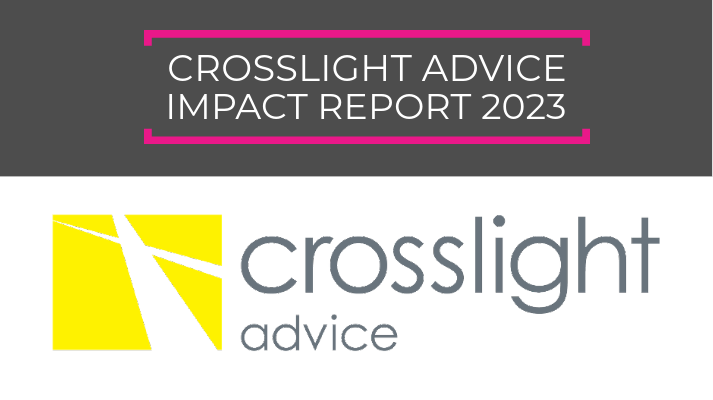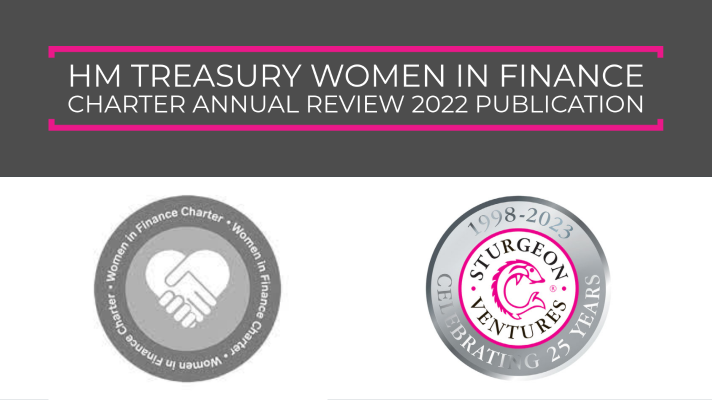Sturgeon Ventures speaks to Morgan Lewis on the Market Abuse
Speaking to Sturgeon Ventures, William Yonge a London-based partner of Morgan Lewis’s Investment Management Practice, examines the issues raised by the proposed Market Abuse Regime and the Market Abuse Directive.
On 12 June 2014, the European Commission published the Market Abuse Regulation (MAR) and the Market Abuse Directive on criminal sanctions for market abuse (CSMAD), together MAD II. This will replace the existing market abuse directive, MAD I and become directly applicable in EU countries from 3 July 2016.
MAD I was perceived as having certain deficiencies which became apparent after the onset of the financial crisis in 2008 and particularly after the LIBOR manipulation revelations in 2012. According to the Commission, the new rules on market abuse update and strengthen the existing framework in MAD I to ensure market integrity and investor protection. MAR will help keep pace with market developments such as the growth of new trading platforms including over the counter (OTC) trading and new technology such as high frequency trading and the upcoming overhaul of market regulation under MiFID 2. MAD II will broaden the scope of the market abuse rules and strengthen regulation to capture these new markets notably the spot commodities market, multi-lateral trading facilities (MTFs) and related derivative markets and explicitly bans the manipulation of benchmarks (such as LIBOR).
MAR is intended to create a single directly applicable EU market abuse rule book for regulators that will increase their enforcement powers in contrast to the patchwork that arose from national implementation of MAD I. CSMAD will require Member States to provide harmonised legislation on criminal offences for insider dealing and market manipulation and to impose criminal penalties including up to four years’ imprisonment for the most serious market abuse offences. The manipulation of benchmarks will be considered criminal behaviour across all EU countries. The UK has exercised its discretion to opt out of CSMAD on the basis it already has an established market abuse regime which goes beyond CSMAD standards.
Like MAD I, MAR prohibits insider dealing, improper disclosure of inside information and market manipulation. The concept of “inside information” is central to the prohibitions on insider dealing and improper disclosure. Inside information is non-public information which is precise in nature, relates directly or indirectly to an issuer or financial instrument, and which, if it were made public, would likely have a significant effect on the price of the financial instrument or the price of related derivatives. MAR has expanded the definition to include information on commodity derivatives, spot commodity contracts and emission allowances, where the information is “required to be or reasonably expected to be disclosed”. Whilst “inside information” is defined in MAR similarly to MAD I, there are some changes. Information relating to an intermediate step leading up to a particular event can itself be precise and constitute inside information. There is a rebuttable presumption that a person in possession of inside information who carries out transactions connected with that information will be deemed to have used it.
The scope of MAR is wider than that of the existing rules to reflect an increasing trend toward off market trades. MAR will apply to financial instruments admitted to trading on an EU regulated market for which a request for admission to trading has been made as per the current regime. In addition, it will capture behaviour regarding financial instruments: (i) traded (or for which a request for admission to trade has been made) on MTFs and OTFs and any other conduct or action which can have an effect on such an instrument regardless of whether it takes place on a trading venue or OTC. MAR covers abusive trading in spot commodity contracts whose price or value is based on a derivative financial instrument, as well as spot commodity contracts to which financial instruments are referenced. MAR captures attempted insider dealing and market manipulation activity, where a transaction is intended for “abusive” purposes but is not actually executed.
MAR clarifies that the use of one’s own knowledge of one’s intention to acquire or dispose of financial instruments does not constitute use of inside information. This clarification will facilitate stake building ahead of public takeovers or mergers provided the information is not obtained through access to the target or its management. It is also legitimate under MAR for a legal person to deal with securities while possessing inside information as long as systems are in place whereby the natural person making the decision to acquire or dispose of the instrument was not in possession of the inside information.
MAR retains the current safe harbour for share buy-backs and stabilisation. MAR does not apply to shares bought back for the purpose of reducing share capital or redistribution of stock options or call options in debt instruments despite a company buy-back of its own capital being prima facie trading in possession of inside information. Stabilisation is where investment banks maintain securities prices artificially after an initial public offering (IPO). This may only be done within limits and within a predetermined period. Buy backs and stabilisation need to be notified to the competent authority, publicly disclosed and conducted in accordance with applicable standards.
There will be a new prescriptive procedure and safe harbour for communications of information, prior to the announcement of a transaction, in order to gauge the interest of potential investors in a possible transaction and the conditions relating to it such as its potential size or pricing, to one or more potential investors, known as “market soundings”.
For a disclosure to qualify as a market sounding, the disclosing market participant (DMP) must obtain prior consent from the disclosee and warn them that the information they receive must remain confidential and not be used to inform a decision to acquire or dispose of the related financial instrument for his own account or on the account of others. In particular, the information may not be used to cancel or amend an order already placed which concerns a financial instrument to which the information relates.
The DMP should inform the disclosee that it considers the information inside information before it proceeds with the market sounding and has the responsibility to characterise the information as inside information or not and keep a record of any due diligence made which includes an explanation justifying the conclusion regarding the nature of the information. The information should include the disclosee’s opinion on whether it believes the information is inside information.
The DMP must inform potential investors who have been wall crossed when the information received is no longer inside information which allows the disclosee to deal again. However, it is up to the disclosee to decide whether or not they consider the information inside information and they must put the provided information together with other information they hold in order to decide whether the information is inside information or not.
Asset managers, including those outside the EU, who manage funds or portfolios containing instruments captured by MAR will need to consider a revision of policies and practices. Any instrument admitted to trading on an MTF in the EU will be subject to MAR. New requirements under MiFID II for OTC derivatives to be traded on OTFs will mean that managers will need to consider inside information issues.
Please feel free to contact author William Yonge with any questions you may have. wyonge@morganlewis.com
For more information visit the Morgan Lewis Website: http://www.morganlewis.com/











